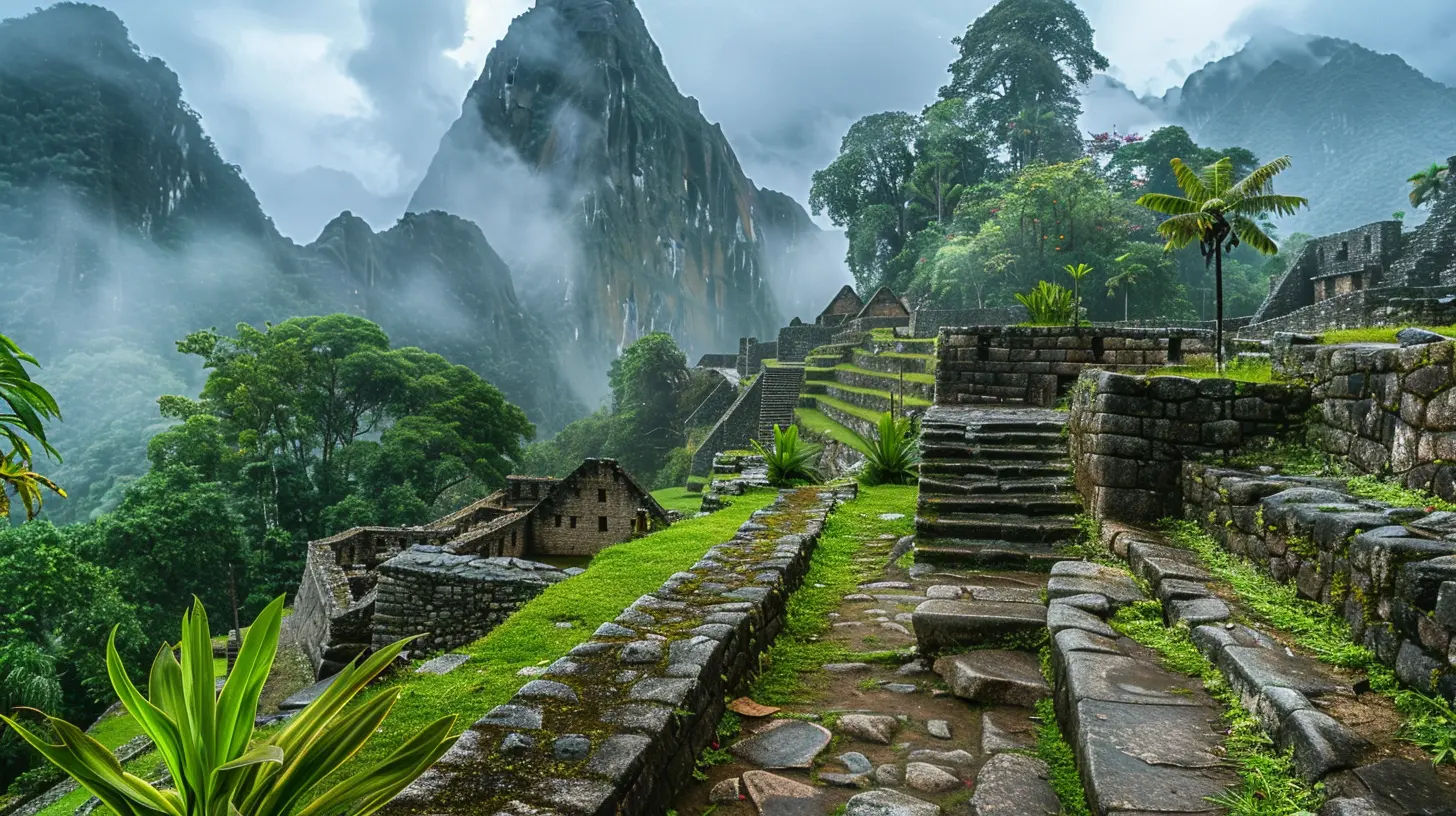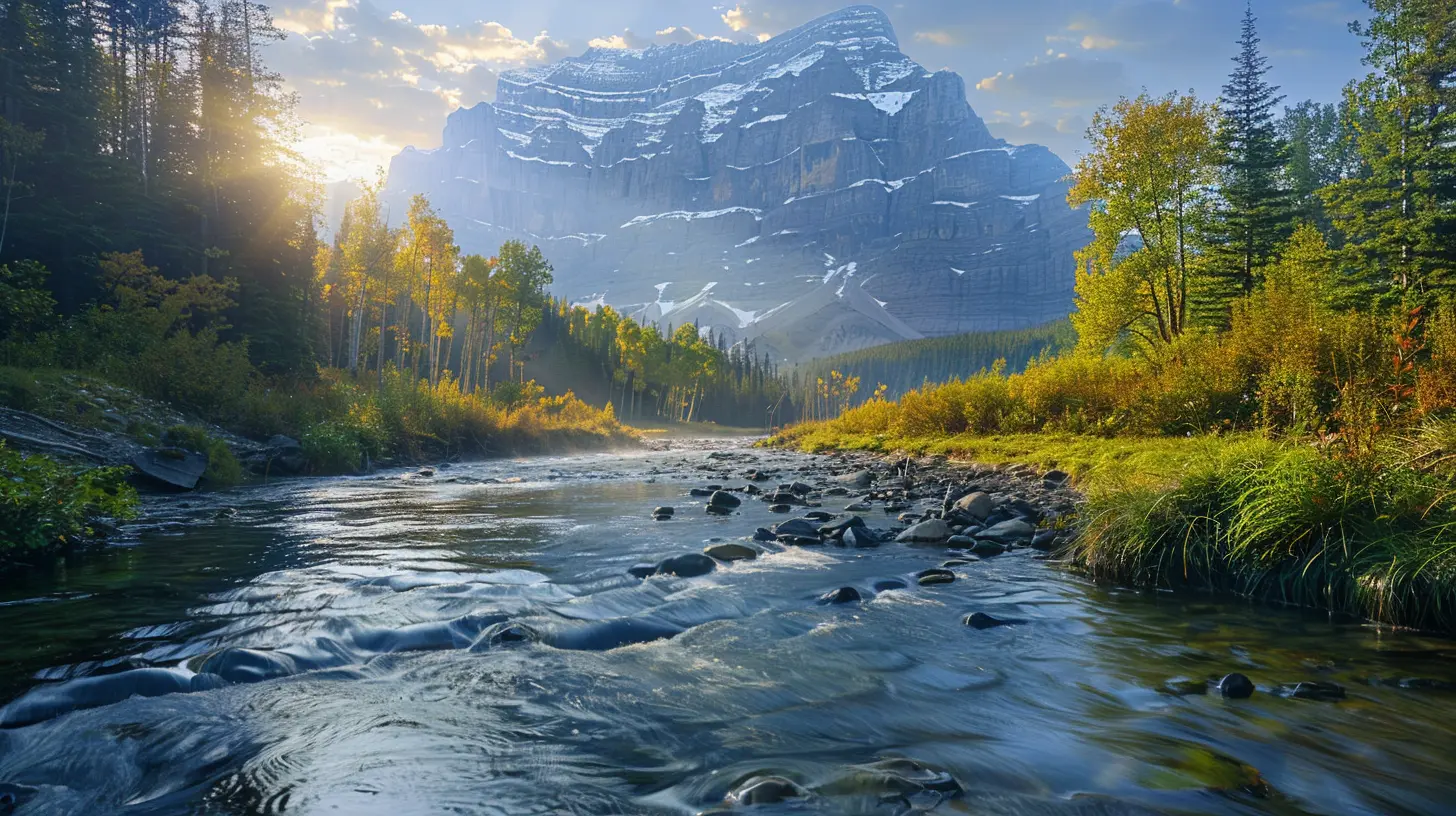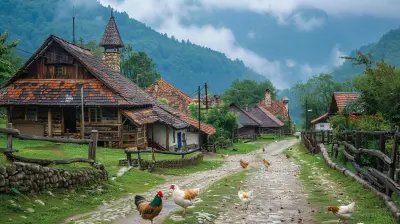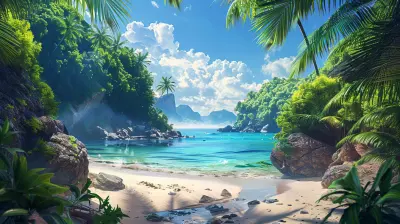The Natural Splendor of UNESCO World Heritage Sites
5 June 2025
Imagine exploring some of the most breathtaking places on Earth, where nature, history, and culture come together in perfect harmony. That’s what UNESCO World Heritage Sites are all about. They’re like Earth’s greatest hits playlist. From mesmerizing landscapes to jaw-dropping ecosystems, these sites showcase the beauty and diversity of our planet.
Whether you're someone who craves adventure, loves photography, or simply enjoys getting lost in nature’s wonders, UNESCO World Heritage Sites offer something magical for everyone. So, let’s dive into the natural splendor of these magnificent locations and see why they’re worth adding to your travel bucket list.
What Are UNESCO World Heritage Sites?
Before we venture into the stunning destinations, let’s clear one thing up: what exactly are UNESCO World Heritage Sites? Think of them as the VIPs of planet Earth. These are spots recognized by the United Nations Educational, Scientific, and Cultural Organization (UNESCO) for their cultural, historical, or natural importance.Now, the natural sites we’re focusing on? They’re the crème de la crème—places that showcase Mother Nature in all her glory. These sites aren't just pretty—they also help protect biodiversity and ecosystems that are vital for life. 
Why Natural UNESCO Sites Deserve a Spotlight
Nature lovers, this is your moment. Natural UNESCO World Heritage Sites aren’t just places for Instagram-worthy photos (though, let's be honest, the ‘Gram loves them). They’re homes to unique species, ancient geological formations, and ecosystems so pure they feel almost untouched by time.Think of them as nature’s archives—preserving Earth’s most valuable treasures. Visiting these sites doesn’t just ignite your wanderlust; it also creates awareness about conserving the environment. It’s like traveling with a purpose, don’t you think?
1. The Great Barrier Reef, Australia
Let’s kick off with the pièce de résistance of marine biodiversity: the Great Barrier Reef. Stretching over 2,300 kilometers, this underwater wonderland is like the Amazon of the ocean.It’s home to over 1,500 species of fish, vibrant coral reefs, and marine creatures you never knew existed (seriously, Google "nudibranchs" and prepare to be amazed). Snorkeling or diving here feels like stepping into another world, where time slows down, and all you can hear is the calming sound of the waves.
Not much of a swimmer? No worries. There are glass-bottom boat tours and scenic flights that offer a bird’s-eye view of the reef’s stunning turquoise expanse.
2. Iguazu National Park, Argentina and Brazil
If waterfalls could win Oscars, Iguazu Falls would take home the trophy every single time. This epic natural site is like nature showing off—it features 275 individual cascades spread out over nearly 3 kilometers.Standing in front of the thundering Devil’s Throat, the park’s most famous waterfall, is a humbling experience. The raw power and misty spray make you feel like a tiny speck in the grand scheme of things.
Don’t forget to explore the lush subtropical rainforest surrounding the falls. It’s buzzing with wildlife—think playful monkeys, colorful toucans, and butterflies straight out of a storybook.
3. Mount Kilimanjaro, Tanzania
Ready to take adventure to new heights? Mount Kilimanjaro is waiting! This iconic peak isn’t just Africa’s tallest mountain; it’s also a natural UNESCO gem.What makes Kilimanjaro so special is the diverse range of ecosystems you’ll encounter on your way to the summit. Picture this: you start in lush rainforests, move through alpine deserts, and end up on a glacier-topped peak. It’s like traveling through multiple worlds in one hike.
Needless to say, the view from the top is worth every ounce of sweat. And don’t worry if you’re not a professional mountaineer—there are routes tailored for beginners.
4. Plitvice Lakes National Park, Croatia
Plitvice Lakes is what you’d get if a fairy tale came to life. This Croatian national park is famous for its cascading lakes and waterfalls—16 interconnected bodies of water that change color depending on the minerals and sunlight.Walking along the wooden boardwalks that wind through the park feels like being in a dream. Each turn reveals a new waterfall or pristine turquoise lake. And the peaceful ambiance? It’s like nature’s lullaby, soothing your soul as you explore.
Plus, wildlife enthusiasts will love spotting everything from brown bears to rare birds in the forests surrounding the lakes.
5. Galápagos Islands, Ecuador
Ever wondered what it would be like to time travel? Visiting the Galápagos Islands is about as close as you can get. This remote archipelago, made famous by Charles Darwin, is like stepping back into an untouched world.The wildlife here is off the charts. We’re talking giant tortoises, blue-footed boobies, and sea lions that are as curious about you as you are about them. The islands’ volcanic landscapes add an otherworldly vibe to the whole experience.
And here’s the cherry on top: the Galápagos are a living laboratory for evolution. Scientists are still uncovering secrets about how life adapts and thrives in these isolated ecosystems.
6. Yellowstone National Park, USA
If there’s one place that screams “natural splendor,” it’s Yellowstone. As the world’s first national park, it’s a living testament to the beauty and power of nature.Picture this: bubbling hot springs in shades of rainbow, geysers that erupt like clockwork, and an endless expanse of forested wilderness. Oh, and let’s not forget the wildlife! Bison, wolves, bears, and elk roam freely, giving visitors a front-row seat to nature’s greatest spectacle.
The geothermal features are the park’s show-stoppers. Old Faithful, the park’s famous geyser, is a must-see. But don’t sleep on the surreal beauty of the Grand Prismatic Spring—it’s like an artist spilled their brightest colors onto the Earth.
7. Ha Long Bay, Vietnam
Imagine sailing through emerald-green waters dotted with thousands of limestone karsts and isles. That’s Ha Long Bay for you. This UNESCO site is the stuff of legends—literally. Locals believe the bay was created by dragons, which makes sense given its mythical beauty.Kayaking through the bay’s hidden caves and lagoons feels like an adventure straight out of a fantasy novel. And with floating fishing villages offering a glimpse into local life, Ha Long Bay isn’t just about the scenery—it’s about the stories, too. 
The Importance of Preserving These Natural Wonders
Okay, here’s the thing: natural UNESCO World Heritage Sites are fragile. Climate change, deforestation, and tourism can take a toll on these pristine locations. That’s why it’s crucial to travel responsibly.Remember to leave no trace—pack out what you pack in, stick to designated trails, and support local conservation efforts. When each of us does our part, we help ensure these wonders remain spectacular for future generations. 
Final Thoughts
UNESCO World Heritage Sites aren’t just places—they’re experiences. They remind us of the beauty, diversity, and power of nature. Whether it’s standing in awe of a thundering waterfall, exploring underwater paradises, or hiking to majestic peaks, these destinations have a way of rekindling our connection with the Earth.So, what are you waiting for? The world is full of wonders, waiting to be explored. Add a UNESCO site (or two… or three) to your travel wishlist, and start planning your next adventure. Trust me—these are journeys you’ll never forget.
all images in this post were generated using AI tools
Category:
Unesco SitesAuthor:

Ian Powell
Discussion
rate this article
2 comments
Bryce Williams
“Oh great, more nature! Because who doesn’t want to stare at rocks and trees?”
June 11, 2025 at 2:53 AM

Ian Powell
Nature offers tranquility and beauty that enrich our lives and connect us to the planet. It's more than just rocks and trees—it's about appreciating the world we share.
Thorne McClary
What a fascinating exploration of UNESCO World Heritage Sites! I’m intrigued by the diverse natural landscapes and cultural significance these locations hold. Which site do you think offers the most breathtaking scenery? I’d love to hear about personal experiences from fellow travelers!
June 8, 2025 at 4:37 PM

Ian Powell
Thank you! I find the landscapes of Banff National Park in Canada incredibly breathtaking—its stunning turquoise lakes and majestic mountains are truly unforgettable. Have you visited any UNESCO sites?


